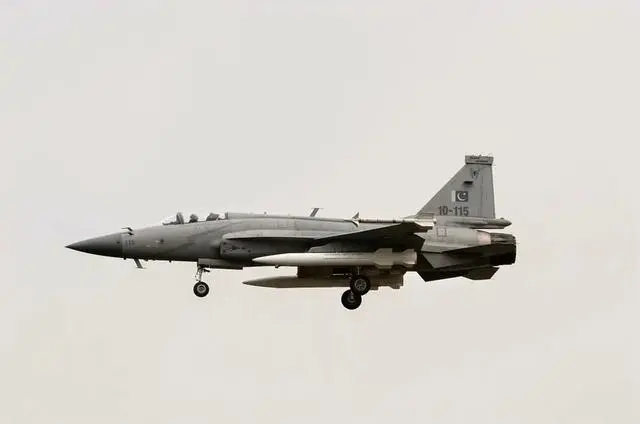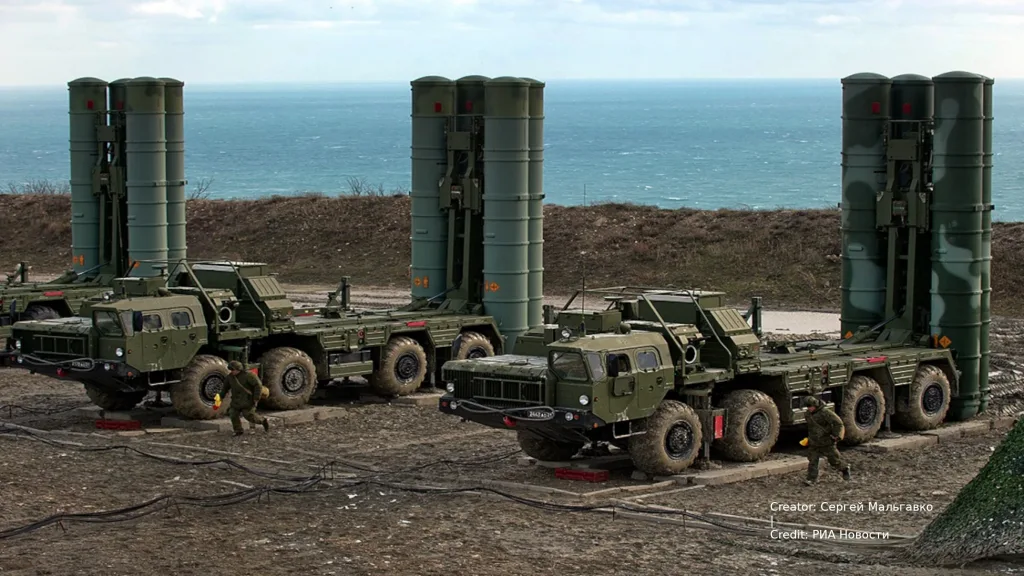Never mind the current political rhetoric of nationalism, India has consistently maintained a stern position regarding its border disputes with China and Pakistan. Pakistan, which has had ongoing border issues with India for a long time, is always determined to show itself as a better military power, at least in the media, compared to India. This month, it coordinated a multilateral air exercise held under the name “Indus Shield-2023,” and fourteen different nations attended it. During the exercises, Pakistan was more than happy to demonstrate its covert weapon on its territory, which is designed to take advantage of India’s vulnerabilities.
To be completely honest, Pakistan did organise a significant air force drill during this particular event, in which its all-weather ally China also took part. Pakistan, Turkey, and Saudi Arabia were the primary nations participating in this military exercise. The premise Pakistan had devised for this drill is one of the more amusing aspects of the whole drill. The conflict begins with an initial assault being carried out by the Indian Air Force. This is followed by a counteroffensive by the Pakistani Air Force, which Saudi Arabia, Turkey, and other nations support. The fundamental components of the problem are not overly complicated; the primary focus is on Pakistan’s anti-air suppression operation, which is directed at the air defence systems of India. Undoubtedly, the purpose of this drill is to neutralise Russia’s S-400 long-range air defence systems, which India has recently purchased.
The supersonic CM-400AKG missile, produced in China but used by Pakistan, is the country’s primary weapon for challenging India’s air defences. It is primarily an anti-ship missile. This missile is said to have a range of between 100 and 240 km. The S-400 air defence system contract between India and Russia includes the 48N6E missile, which is distinguished by a range that is estimated to be in the neighbourhood of 250 km. India’s longer-range missiles might be sufficient to neutralise the supersonic CM-400AKG missile at first glance. Besides, the Defence Research and Development Organisation (DRDO) in India is building a 400 km long-range air defence system similar to the S-400 system purchased from Russia.
The range of the supersonic CM-400AKG missile, on the other hand, like other such missiles, is not constant; rather, it depends on the altitude at which the carrier aircraft is flying. As long as the carrier aircraft maintains an acceptable height, this indicates that it is capable of delivering the supersonic CM-400AKG missile beyond the range of the Indian missiles, giving it the ability to strike the positions of the Indian air defences. This has been demonstrated in the conflict in Ukraine, where both sides have been successful in sneaking some of their missiles to the target while simultaneously tricking the air defences. Therefore, Pakistan is not the inventor of this particular con.
As per the Chinese media, the CM-400 AKG can move within the atmosphere after launch and penetrate deeply into enemy defences. It can be thought of as a miniature air-launched ballistic missile. It uses rocket propulsion to gain altitude quickly, and its Mach 4 top speed is used in a penetrating attack. The CM-400 AKG has a hybrid guidance system based on inertial and satellite-based positioning and navigation. It can be fitted with a passive radar guiding system in the final stage, allowing it to attack strategic land and marine targets. If its passive radar guidance system is upgraded, it can counter the S-400 air defence system’s radar.
In light of the nature of the threat posed by the CM-400AKG supersonic missile, the Indian Air Force would have as one of its primary goals the prevention of an assault by this weapon. During this air exercise, Pakistan used the JF-17A fighter aircraft that it had purchased from China specifically to provide cover for the launch of a supersonic missile. J-10 CE purchased from China gave it a cover. The Indian Air Force possesses a large number of aircraft that are capable of directly competing with the J-10CE. Even LCA Tejas armed with the Uttam AESA radar can compete with the J-10CE. J-10CE is considered a poor nation F-16. As with the Jf-17 / FC-1, only desperate nations will purchase the J-10CE.

It is important to note that even while the Indian Air Force could have trouble preventing the deployment of supersonic missiles, especially multiple salvos, it can quickly adjust to the scenario using electronic countermeasures. They can lessen the impact of the strike mission carried out by the Pakistan Air Force.
One can be sure that China has already learnt from the Russian-Ukrainian war and has already encountered similar challenges in mock drills against Taiwan. So Pakistan’s air force’s little skit against India’s air defence systems has little value to the observer nations, including China, but for Pakistan, some PR is better than no PR. India has purchased two sets of S-400 air defence systems from Russia, which are deployed along the Sino-Indian border and the Indo-Pak border. The supersonic missile used by Pakistan in this exercise was produced by China in 2012. China claims that its technology has undergone more than a decade of development, with maximum ranges exceeding 2,000 kilometres. The United States believes that China has developed a new hypersonic intermediate-range ballistic missile called the DF-27. It has a high possibility of breaking through the United States’ ballistic missile defence. So, dealing with India’s air defence systems could be well within China’s capabilities.

It is possible that the electronic countermeasures that were put into place by the Indian defence in response to the air force assault that Pakistan launched may not be effective in the setting of China. This is because China has electronic warfare aircraft, like the J-16D, that can compete with Indian hardware. When India is put in a position of conflict with China, the vulnerabilities of its air defence systems become obvious, particularly in conjunction with the country’s quick and long-range missiles. It is unknown whether or not India has conducted tests of its air defences against hypersonic targets. Additionally, there is no record of the Russian S-400 successfully shooting down hypersonic objects. The only exception to this is the fact that some of the missiles are hypersonic during their terminal phase.
We need more information regarding the effectiveness of anti-air defence missiles against S-400. As a result of the conflict between Russia and Ukraine, we are aware that Kinzal Hypersonic missiles were responsible for the destruction of Patriot Launchers. However, there is no proof from the Russian side on Ukraine’s claims that its Neptune ground-launched anti-ship cruise missile successfully destroyed Russian S-400 systems. The Ukrainians further assert that Russian air defences are ineffective when confronted with a cruise missile travelling at a low altitude. The Ukrainian military only has access to subsonic missiles.
In a nutshell, Pakistan does have a weapon that can neutralise the effectiveness of India’s air defence systems. It can be challenging, especially when combined with the close distances. A danger would be posed by Pakistani aircraft taking off from a border airstrip and firing supersonic CM-400AKG missiles at low altitudes.
